The French Tennis Federation (FFT) is very clear about the rules of padel, especially with regard to service and return. Increasingly, professionals are asking referees to intervene on non-compliant serves or returns that do not follow the rules. Be careful, you could be in violation without knowing it!
What is the alternation of serves during a tie-break?
The first server serves one point (on the right), then the pairs serve two points each (on the left, then on the right) respecting the order of the services.
How many services is each player entitled to?
Two services. If both serves are faults, then the serving pair loses the point.
Can a ball be served in any direction?
No. The ball must be served in the opposite diagonal, in the direction of the opponent's service box.
How should a service be performed?
It must be done "with a spoon", after rebounding on the ground, at waist height or below. The rebound must be made in the server's half of the field and must be behind the service line.
Before a service, can the server bounce the ball several times on the ground, where he wants, to prepare his service?
Yes. Only the last rebound must be made outside the service box and in the right half of the field.
Can the server, before serving a 1st serve, choose the balls he will use?
Yes, provided it does not result in a violation of the 20 second rule between two points.
Can a player start serving a point with a broken racket?
Yes, unless the breakage makes it dangerous or the strap is broken
How is a service performed correctly?
-To initiate the point, both feet of the server must be behind the service line (line parallel to the net), and between the extension of the center line (perpendicular to the net) and the side window. The server must therefore never touch the service line, nor the extension (real or imaginary) of the middle service line with one of his feet.
- At the time of typing, the server must have at least one foot on the ground.
– To serve, the player will not be able to walk, run or jump.
Failure to respect at least one of these points will be considered a foot fault. Note: all small movements of the foot that do not affect the service position adopted are accepted.
When he releases his ball, the server has one foot behind the wrong half of the court; then, before hitting the ball, he brings his foot back behind the good half of the court. Is the service okay?
No, because the server has one foot behind the wrong half of the court when the serve is started.
The umpire, the supervisor, notices that the server has one foot on the line when he releases his ball on the serve, then he places his foot correctly when the hit is made and delivers a serve that falls in the correct "square " on duty. Decision ?
He must announce fault of service as soon as the server hits the ball.
Once the ball is served, it bounces off a wall on the server's side before passing the net and then falls into the correct service "square". Is this service correct?
No.
A player ducks to serve and serves when the ball is above his belt, but if he had remained straight, the ball would be below his belt. Decision ?
It is a fault of service.
A player misses the ball while trying to serve. Decision ?
It is a fault of service.
A serve lands in the correct service “square” and then hits a grid. Decision ?
There is a lack of service.
A service falls into the correct service “square” and then hits a window. Decision ?
The point continues.
A service bounces 2 times in the right "square" of service before being returned to the other side by the receiver, the ball has not touched anything else before the first rebound on the ground. Decision ?
Point for the serving pair, it's an ace.
When serving, a ball touches the net (or one of the posts supporting the net), crosses it, falls into the correct opposite service "square", without leaving the track. Decision ?
– If the ball bounces a second time in the opponent's court or on a glass wall, then the service is LET and must be replayed;
-If the ball hits the grid directly, then the service is a fault.
A service ball touches the net (or one of the posts supporting the net, including its possible protection), crosses it, and directly touches the receiver or his partner while they are standing outside the service box. Decision ?
The service is LET and is to be replayed.
Note: if it is a second service, only the second service is replayed.
When serving, a ball touches the net (or one of the posts supporting the net, including its possible protection), crosses it, falls into the right opposite service "square" and goes out the door. Decision ?
– The service is LET and to be replayed if play outside the court is authorized.
– The service is fault if the exits are not authorized.
A serve ball lands in the right "square" then hits the post between the glass and the fence. Decision ?
There is a lack of service.
The server is obviously embarrassed the moment he hits his second ball by a screaming spectator and he makes a mistake. Decision ?
Double fault; point to the receiver's pair (outside hindrance).
By serving a faulty first service ball, the server breaks his racket. After having changed it, is he entitled to a first or a second service?
A second serve.
During a serve, the server's racket slips out of his hands and lands in the net after the receiver misses his return. Decision ?
The server pair loses the point since a player cannot let go of his racket during a point.
When the server begins his gesture, the receiver jumps and moves: does he have the right to do so?
– Yes, if his movements are for the sole purpose of allowing him to better enter into the exchange.
– No, if they are intended to hinder the opponent in the execution of the service. For example, the receiver can hop, but not stomp.
By returning a faulty first serve, the receiver breaks his racket. Should he change it to return the second serve? What is the consequence for the server?
The receiver is not obliged to change rackets unless the break makes it dangerous or if the strap is broken. If he does, the server gets a first serve.
A ball coming from a neighboring court following a spike arrives on the court when the server is preparing to serve a second ball: is he entitled to a 1ᵉʳ service?
No, because he was not hampered in the execution of his second service.
When can the order of receivers or servers be changed?
Only at the start of each round.
We realize during a game that the service was not delivered by the right server (whether by the server's partner or by one of his opponents). Decision ?
The points remain acquired, the error is rectified.
If the error is discovered after a 1ᵉʳ service fault, then the service fault:
- Is maintained if the service was delivered by the partner of the server
- Is canceled if the service has been delivered by his opponents.
Note: if the players have forgotten to change sides after a 1ᵉʳ service fault, then this service fault will be cancelled.
We realize at the end of a game that the servers have exchanged their position. Decision ?
The points remain acquired. The inversion is then maintained until the end of the round.
Note: If this was a tiebreaker, each pair will be free to choose the server order.
It is noticed during a game or a deciding game that the receivers have exchanged their position. Decision ?
The points remain acquired. The error is maintained until the end of the game. The error will be rectified the next time this pair is raised.
We realize that the service was delivered from the wrong half of the field. Decision ?
The points remain acquired, the error is rectified. If the error is discovered after a 1st service fault, then the service fault stands.
The server completely misses his lob serve, the ball comes out laterally on the side of the court but lands well on the other side of the net following a gust of wind. Decision ?
There is a service fault because the ball did not pass over the net.
Note: if outings are not allowed, the ball is faulted when it crosses the grid or side window of its own court.
A serve ball hits the server's partner directly. Decision ?
There is a lack of service.
A service ball directly hits the receiver or his partner, without another rebound. Decision ?
There is point for the server pair.
The receiver is not ready when the server serves a 2nd serve, the receiver does not try to return. Decision ?
Second serve to replay. It is up to the server to check that the receiver is ready.
The receiver who was not ready returns to the net. Decision ?
Point for the pair of the server, because the raiser tried to raise.
The receiver signals that he is not ready after the server begins his second service ball which falls into the net. Decision ?
LET, 1st service to be replayed.
The receiver signals that he is not ready before the server has started his second service signal. Decision ?
Second serve to replay.
The receiver returns a service by sending the ball over a window on his side, surprised the server's partner stops the ball by hand. Decision ?
Point won by the receiver's pair, this return is perfectly valid.
The receiver returns a service by sending the ball on a grid on his side; surprised the server's partner stops the ball by hand. Decision ?
Point won by the pair of the server, this return is not valid
The receiver directly returns a volley serve. Decision ?
There is point for the server pair.
The receiver cannot return a service but his partner succeeds. Decision ?
There is point for the server pair.
The serve is delivered correctly and the receiver sends it back after a 1ᵉʳ rebound on the side window and a 2ᵉ rebound on the bottom window. Decision ?
The point continues.
Who should serve the first point of the decisive game?
The pair that raised in the game preceding the tiebreak. The order of the servers must be respected.
Who should serve the first point of the super tiebreaker?
The pair that raised the first point of the previous game. She chooses her server, as at the start of each round.
Who should serve at the start of an inning after a tiebreak?
The pair that raised the first point of the tiebreak. She chooses her server, as at the start of each round.
Player A makes a very short first serve which does not touch the net then a correct 1ᵉʳ rebound goes out the door. Decision ?
– If off-court play is allowed: the point continues
– If exits are not authorized: it is a service fault.
After bouncing the ball on the ground, the server decides not to hit it and picks it up in the hand or on the racket. Is this a fault of service?
NOT
During a tie-break game, a player has served in place of his partner. Decision ?
If the error is discovered:
- After the first point of the tie-break game, or after a player has mistakenly served a 2-point sequence, the erroneous alternation of 2-point sequences must be maintained until the end of the game.
- After a player has mistakenly served a single point from a sequence of 2, the alternation must be corrected immediately, the point played remaining acquired. The one who should have served will only serve 2 point instead of XNUMX.
After being rocked by tennis for nearly 15 years, I became an absolute fan of its cousin, the padel. For nearly a year now, I've been chasing the little yellow ball with another racquet, but with just as much passion! Based in Lyon, I intend to make you better acquainted with the padel in the region and at the national level.




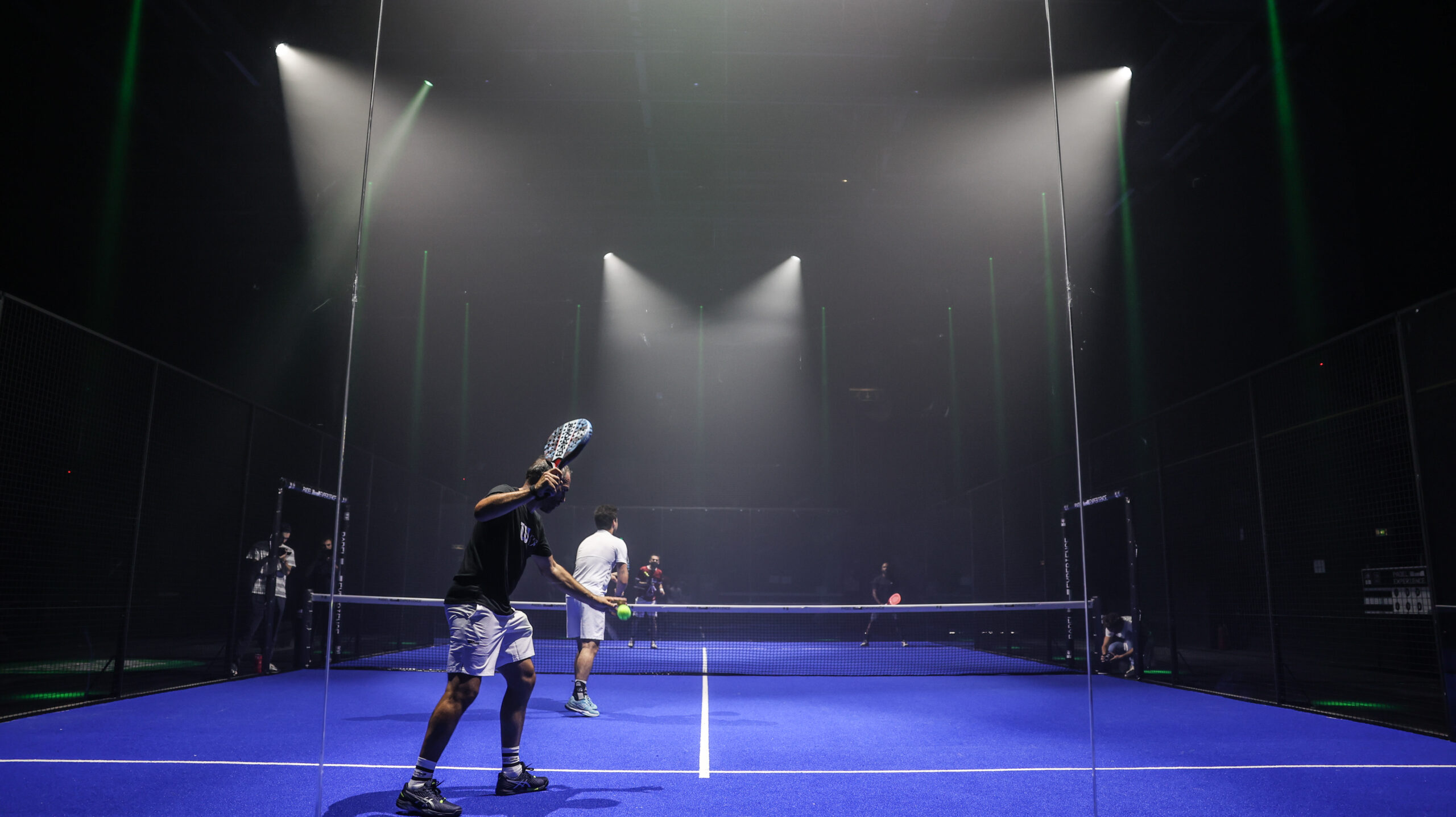












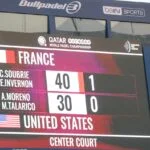

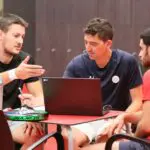


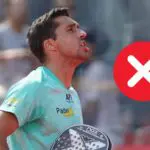


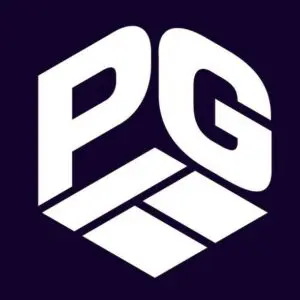



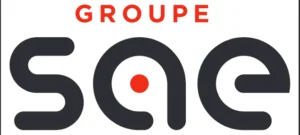




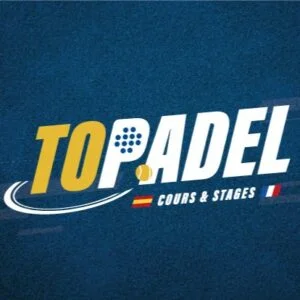



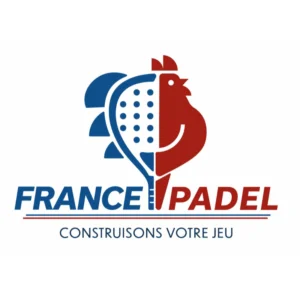
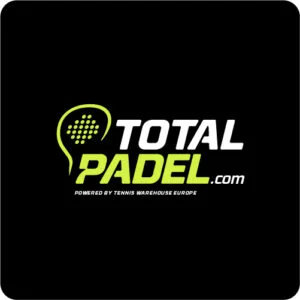
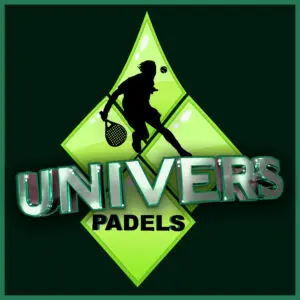
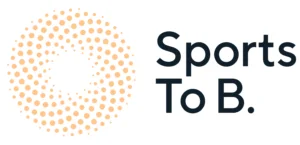
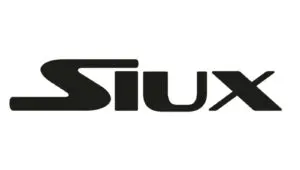
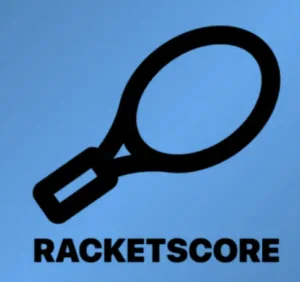
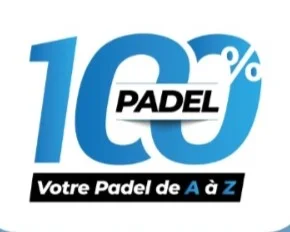
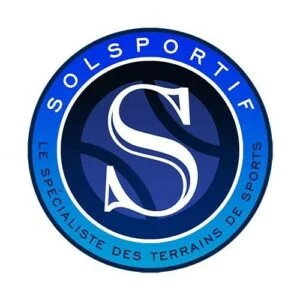
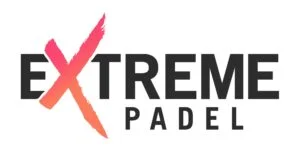
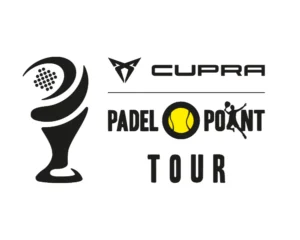
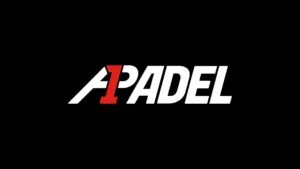

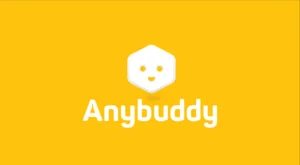


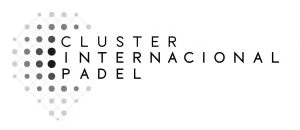
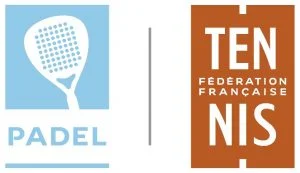
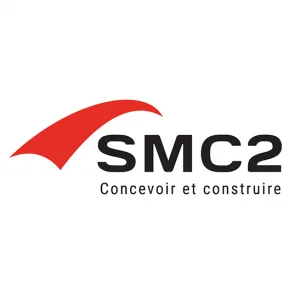
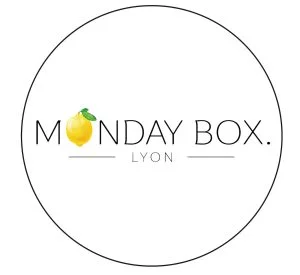
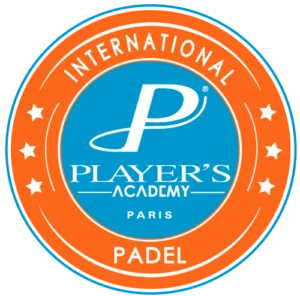
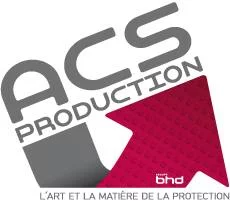
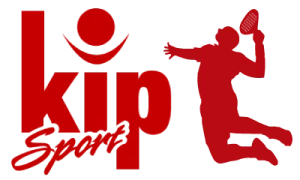

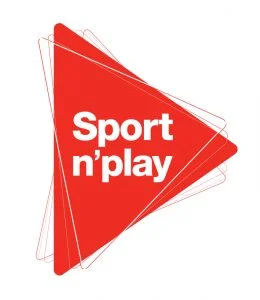

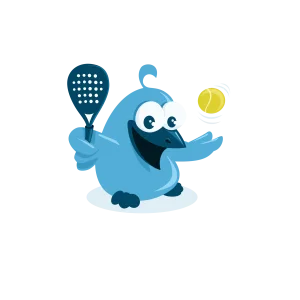

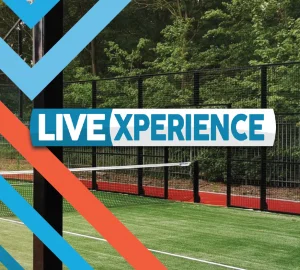
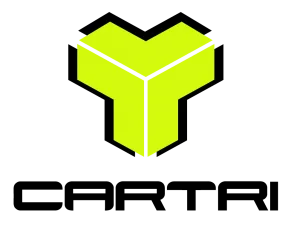
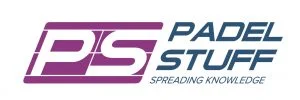

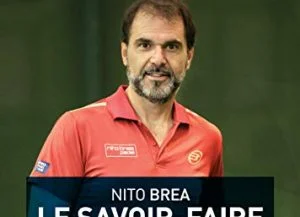
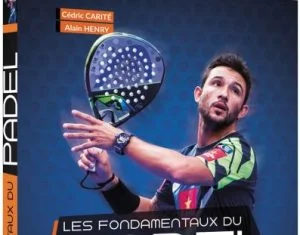



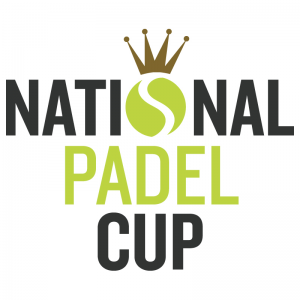
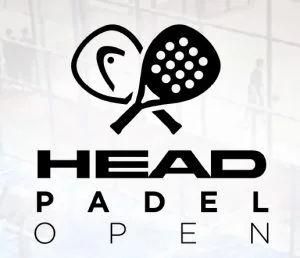
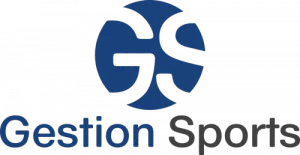
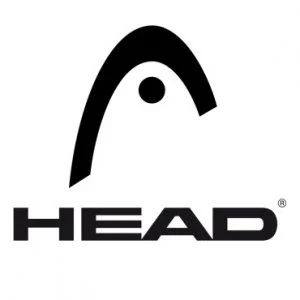


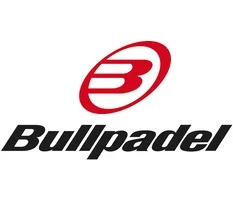
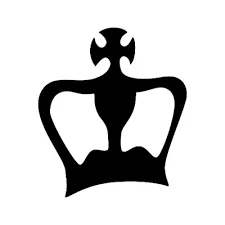


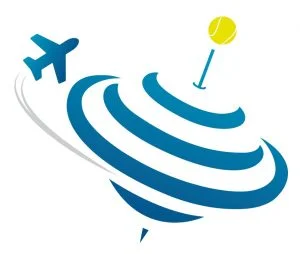
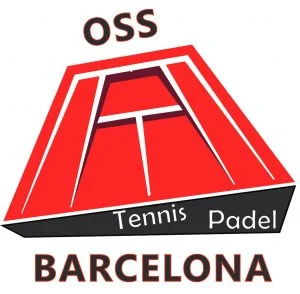
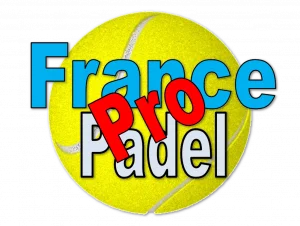
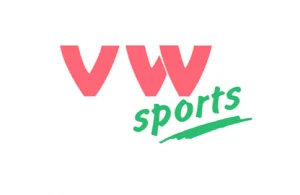
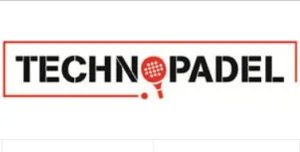
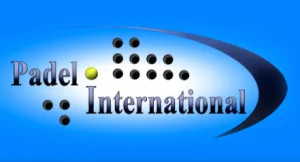

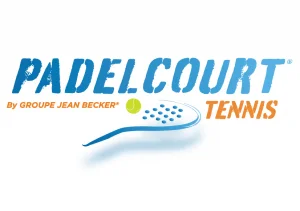
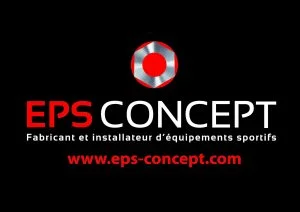
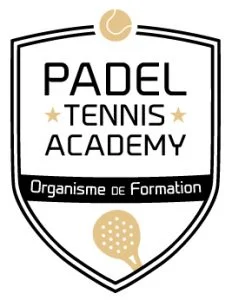
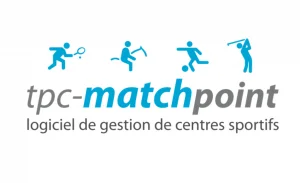
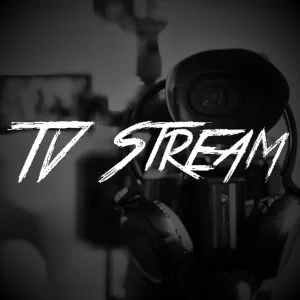
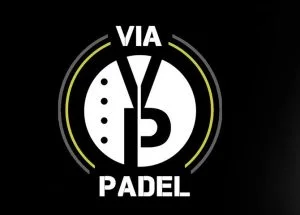
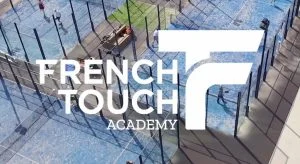
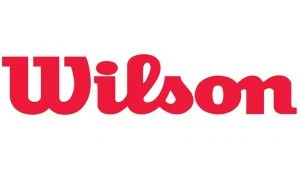


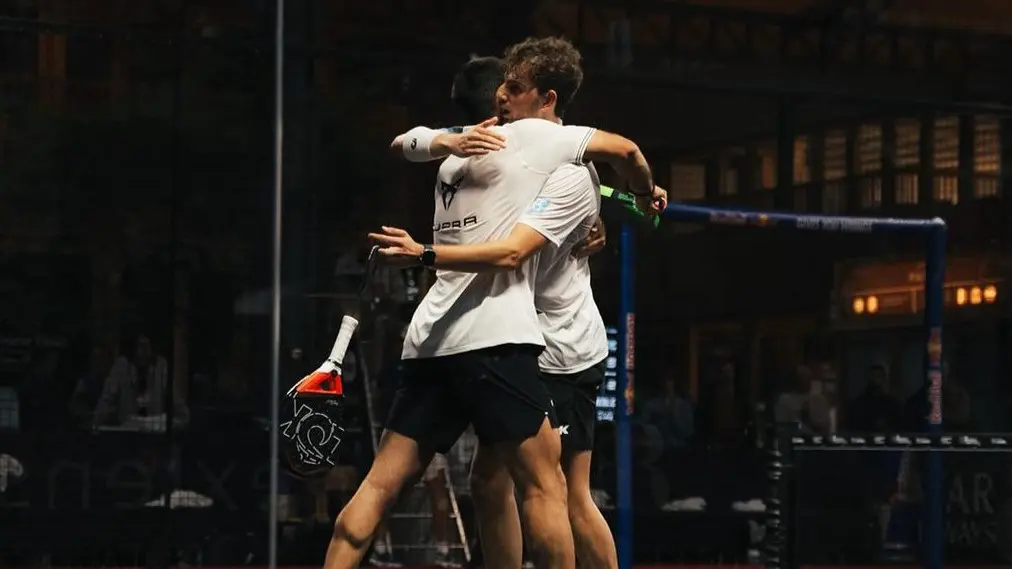 Premier Padel Brussels P2 – Mike Yanguas and Javi Garrido once again take the advantage over Stupa / Di Nenno
Premier Padel Brussels P2 – Mike Yanguas and Javi Garrido once again take the advantage over Stupa / Di Nenno Premier Padel Brussels P2 – The women’s Big 4 at the semi-finals!
Premier Padel Brussels P2 – The women’s Big 4 at the semi-finals!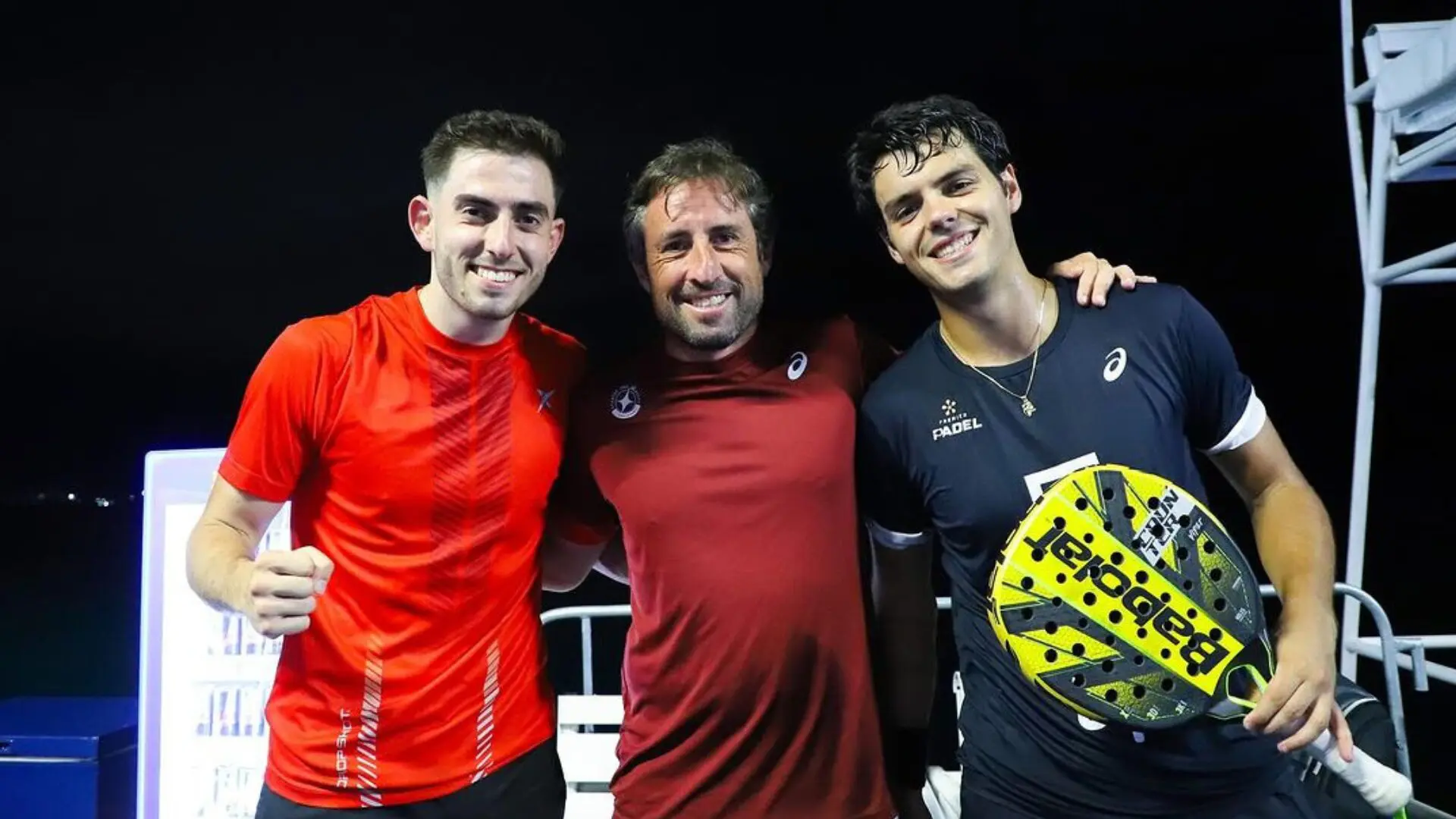 Premier Padel Brussels P2 – Sanz and Nieto win a big fight against Lebron / Navarro!
Premier Padel Brussels P2 – Sanz and Nieto win a big fight against Lebron / Navarro! Guillaume Codron de Sud Padel : “A family project”
Guillaume Codron de Sud Padel : “A family project”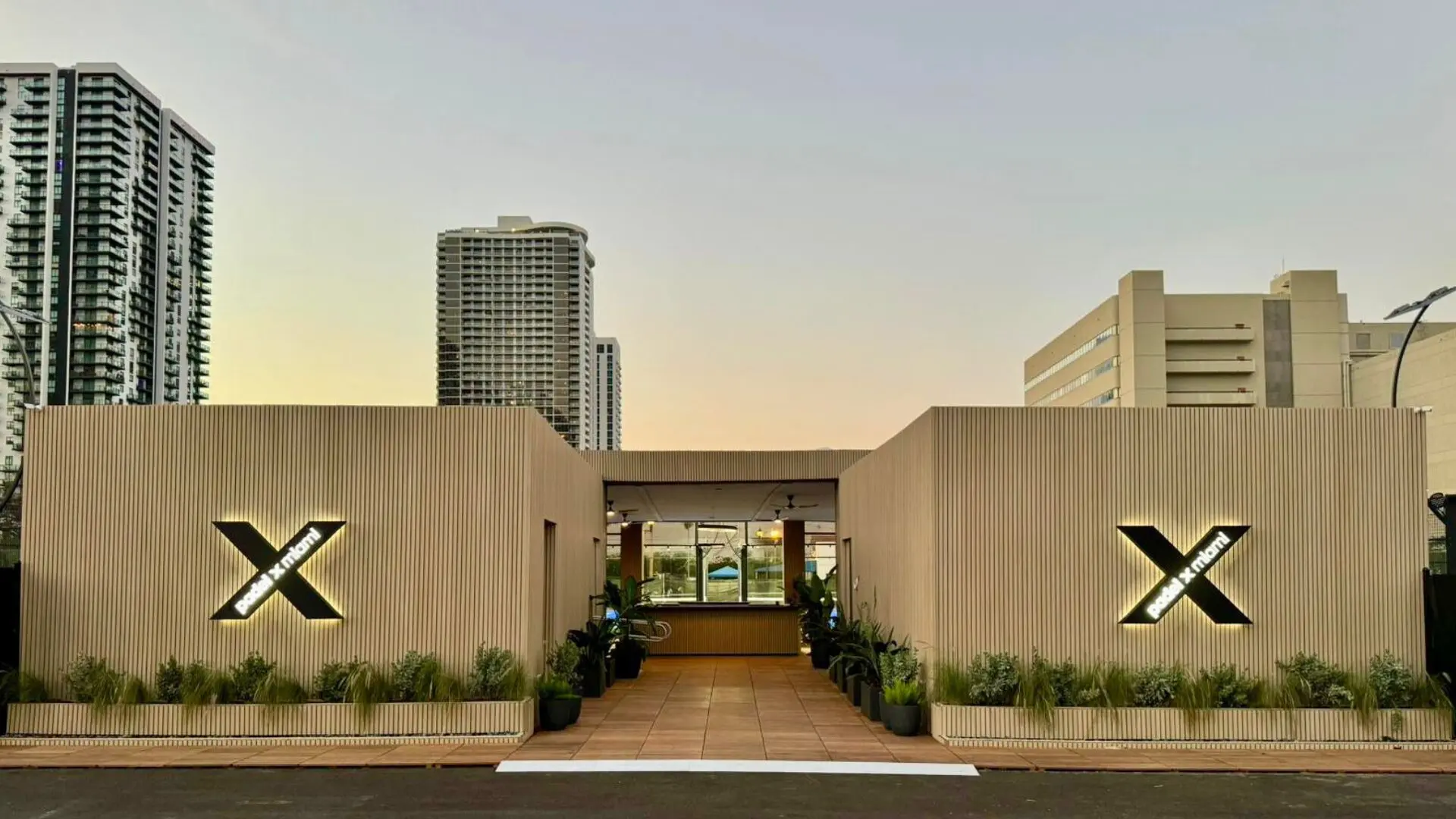 Nallé Grinda: “Democratize the padel in the USA with PadelX "
Nallé Grinda: “Democratize the padel in the USA with PadelX "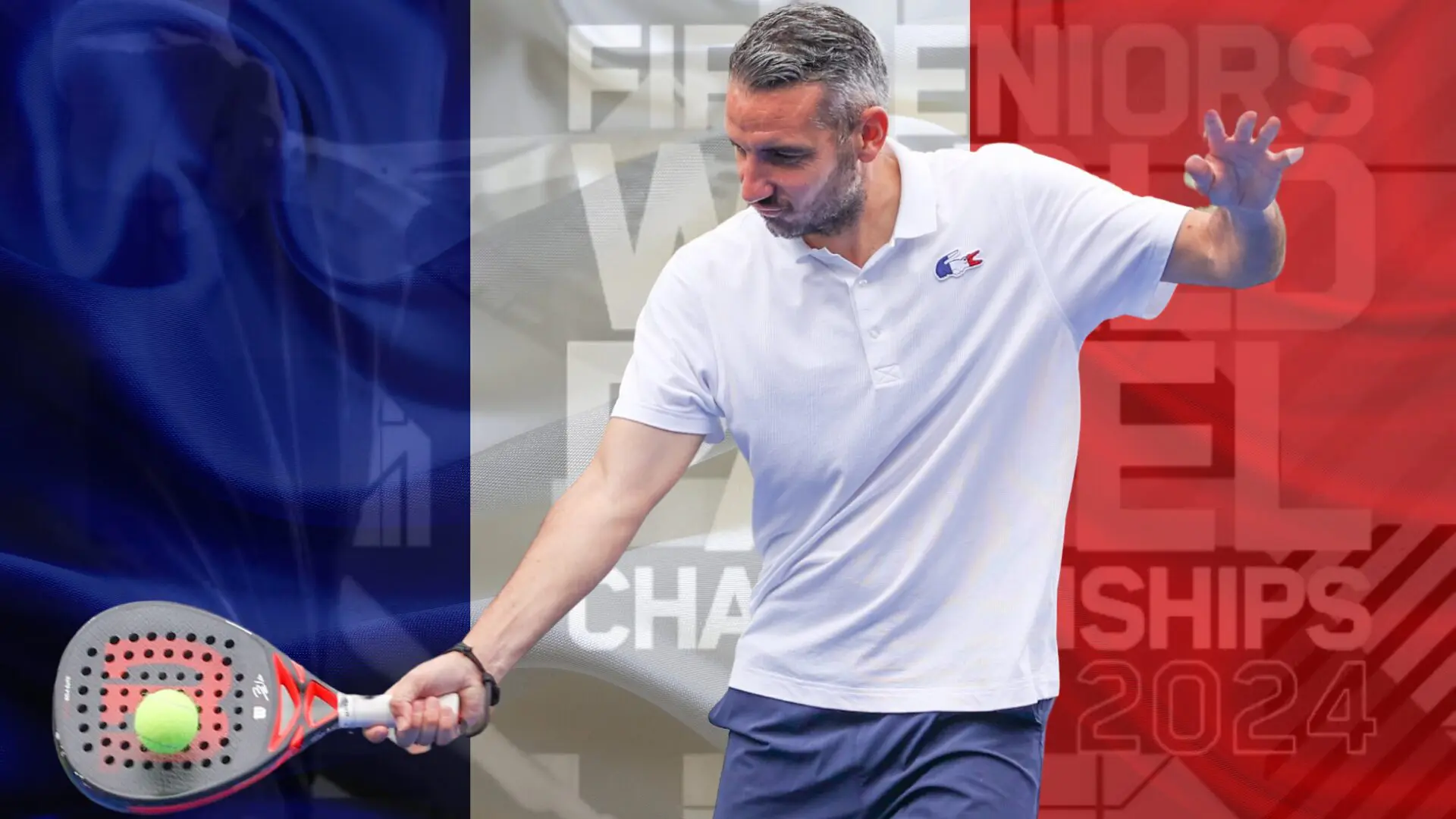 Simon Boissé: “We know that there are two nations in front of us”
Simon Boissé: “We know that there are two nations in front of us”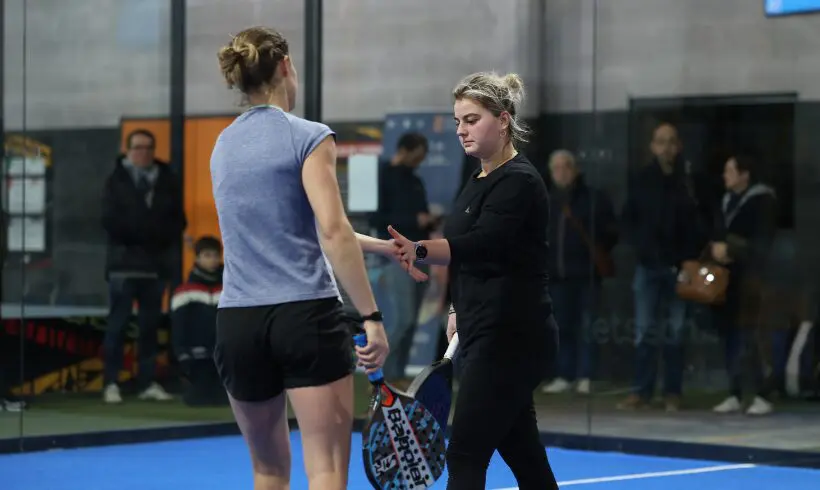 Marie Maligo: “This period of frequent changes of partners was beneficial for me”
Marie Maligo: “This period of frequent changes of partners was beneficial for me” Gilles Moretton: “We will be able to put the padel at the level of tennis”
Gilles Moretton: “We will be able to put the padel at the level of tennis” Two P1000 doubled prize money approaching!
Two P1000 doubled prize money approaching! José Manuel Escin at the inauguration of Casa Padel DOS: “Finally, and thank you!”
José Manuel Escin at the inauguration of Casa Padel DOS: “Finally, and thank you!”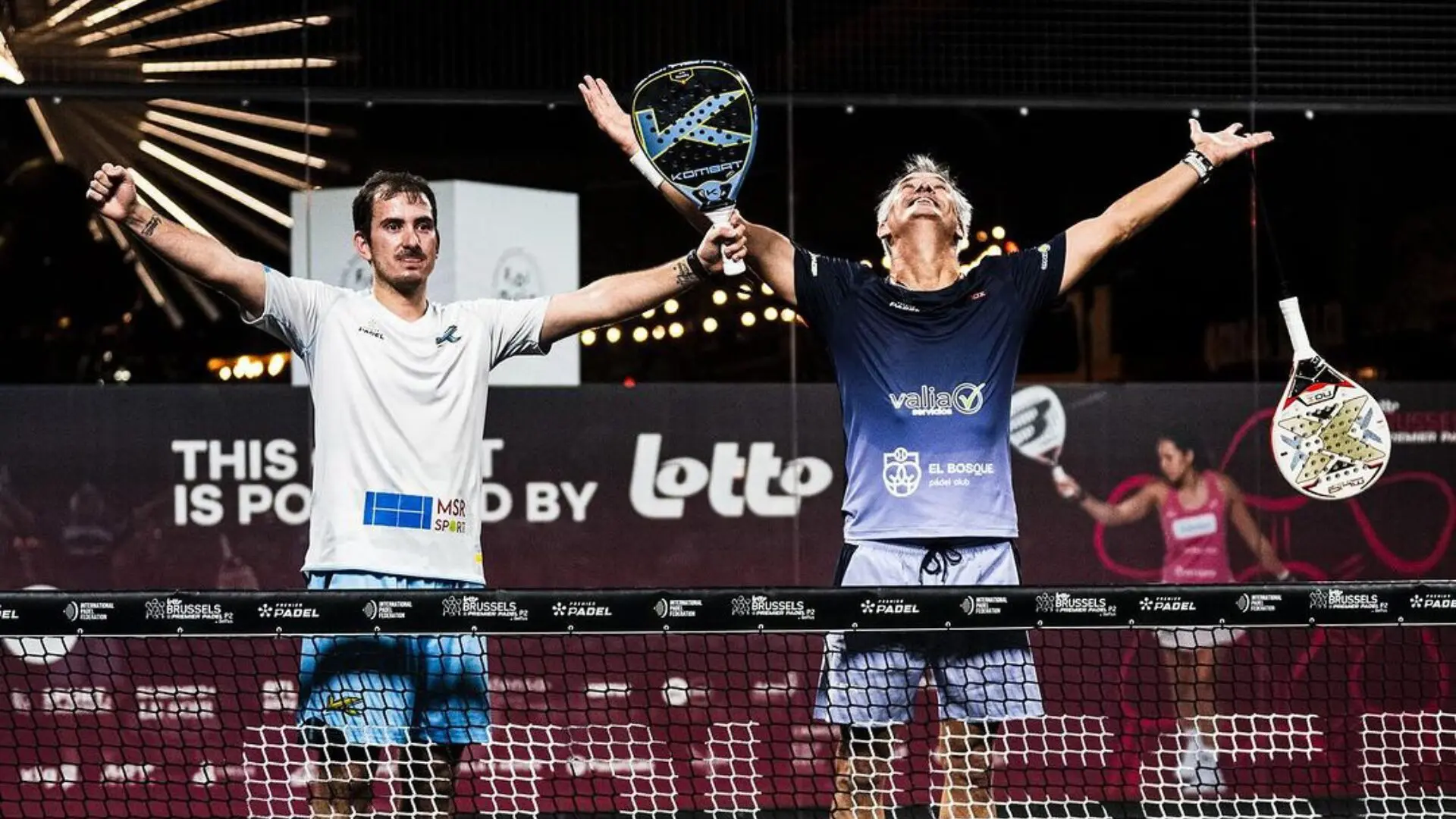 Miguel Lamperti: three tie-breaks and a return to the quarter-finals!
Miguel Lamperti: three tie-breaks and a return to the quarter-finals!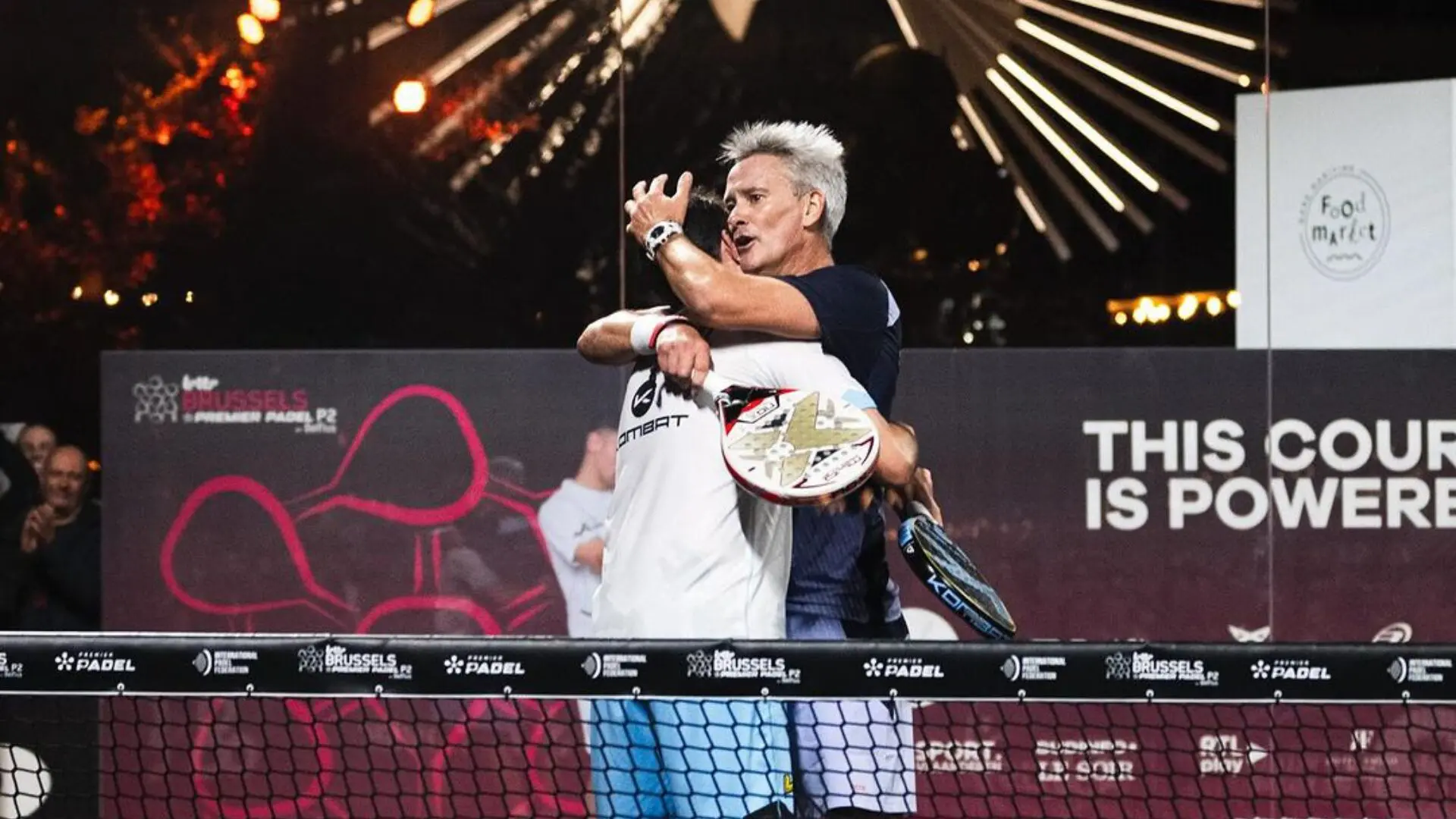 Big evening in Brussels with two seeded players on the mat, heckled number 1s…
Big evening in Brussels with two seeded players on the mat, heckled number 1s…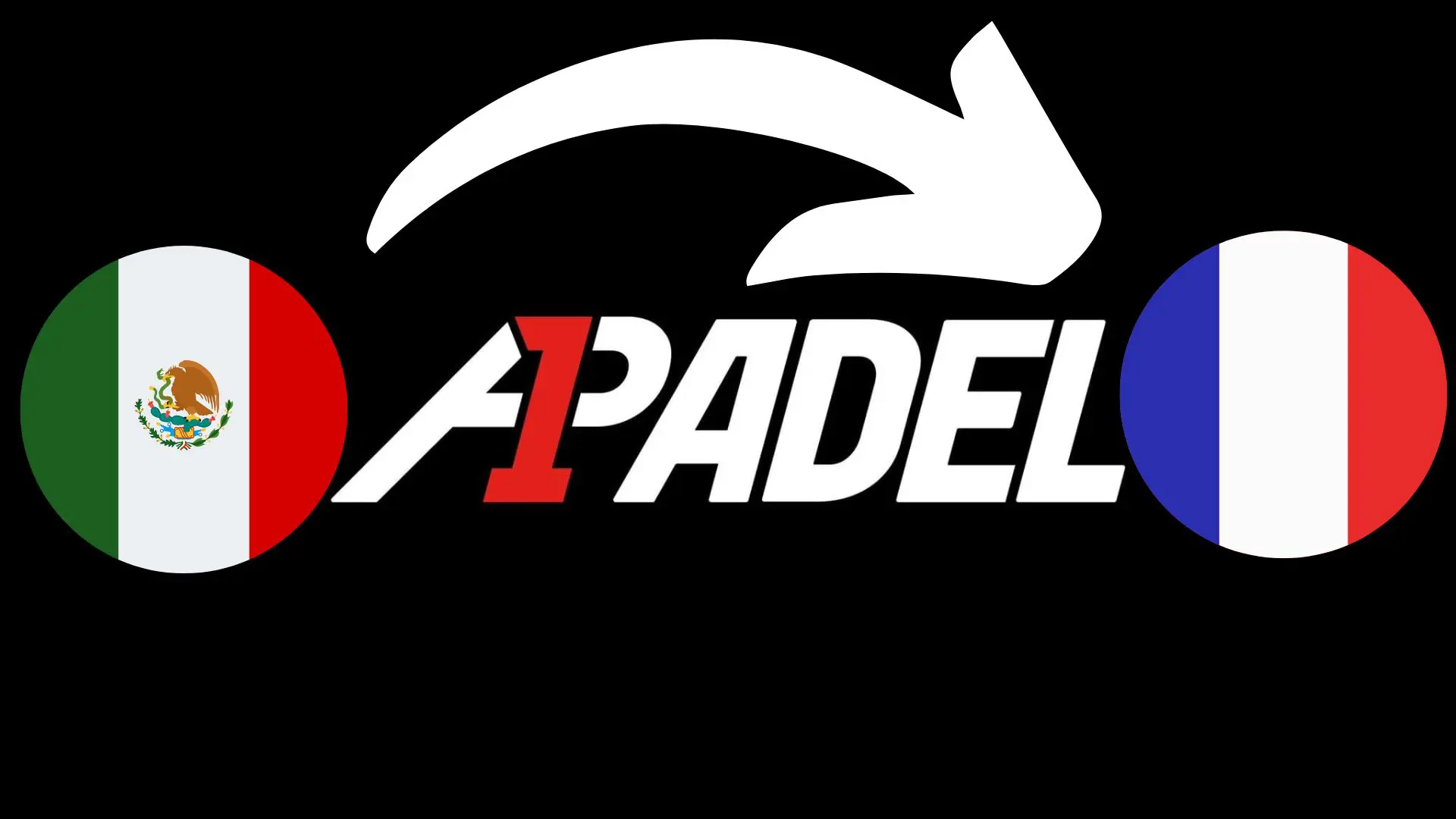 A1 Padel – the French Open replaces the Mexican Open on the calendar
A1 Padel – the French Open replaces the Mexican Open on the calendar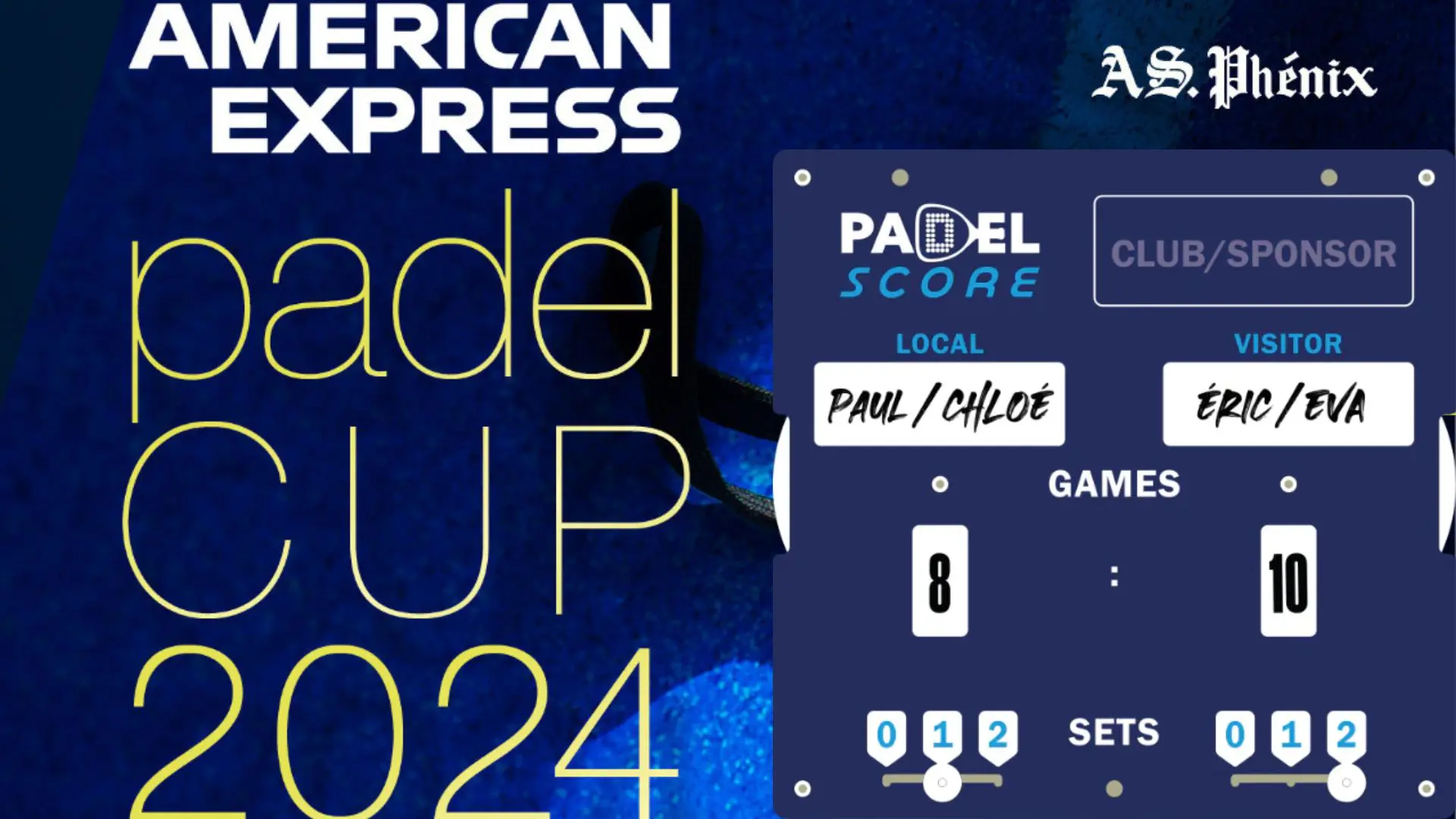 Padel Score comes to Tahiti for American Express Padel Cup!
Padel Score comes to Tahiti for American Express Padel Cup!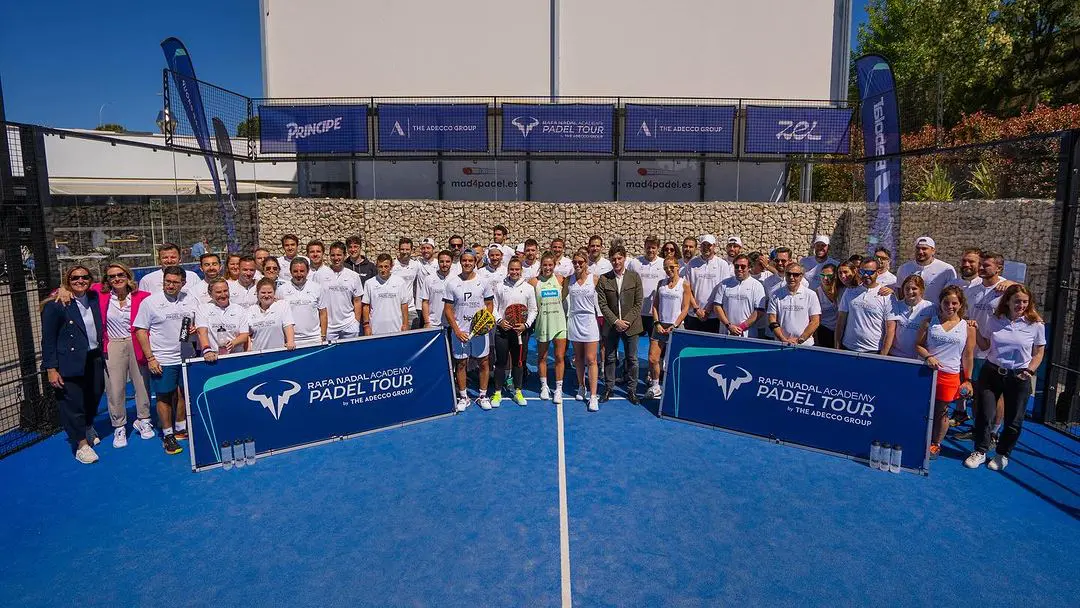 Do you know the Rafa Nadal Academy Tour?
Do you know the Rafa Nadal Academy Tour?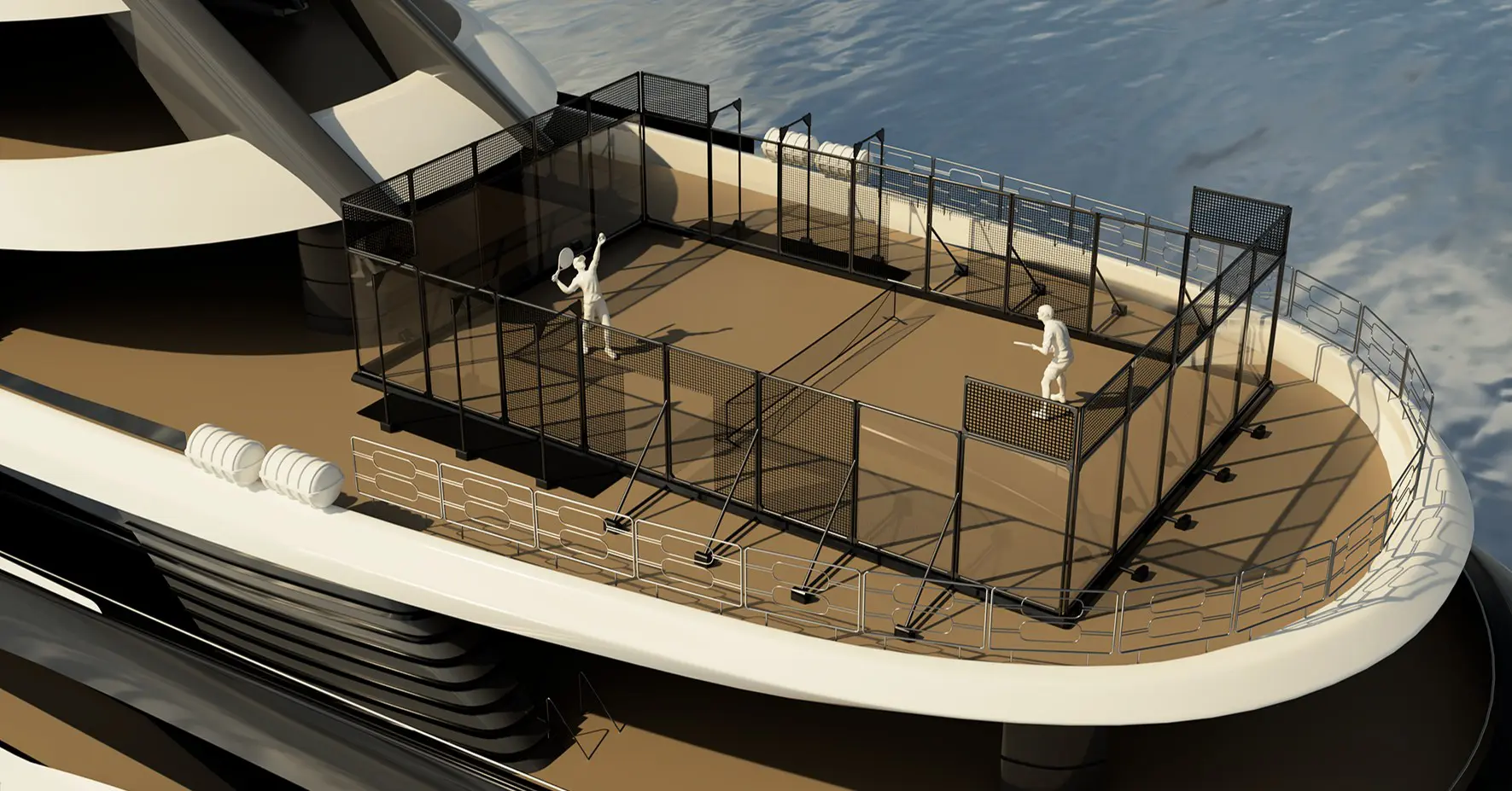 Play at padel on his yacht? Possible for €233.000!
Play at padel on his yacht? Possible for €233.000! Our Top 10 training courses padel in France and Europe
Our Top 10 training courses padel in France and Europe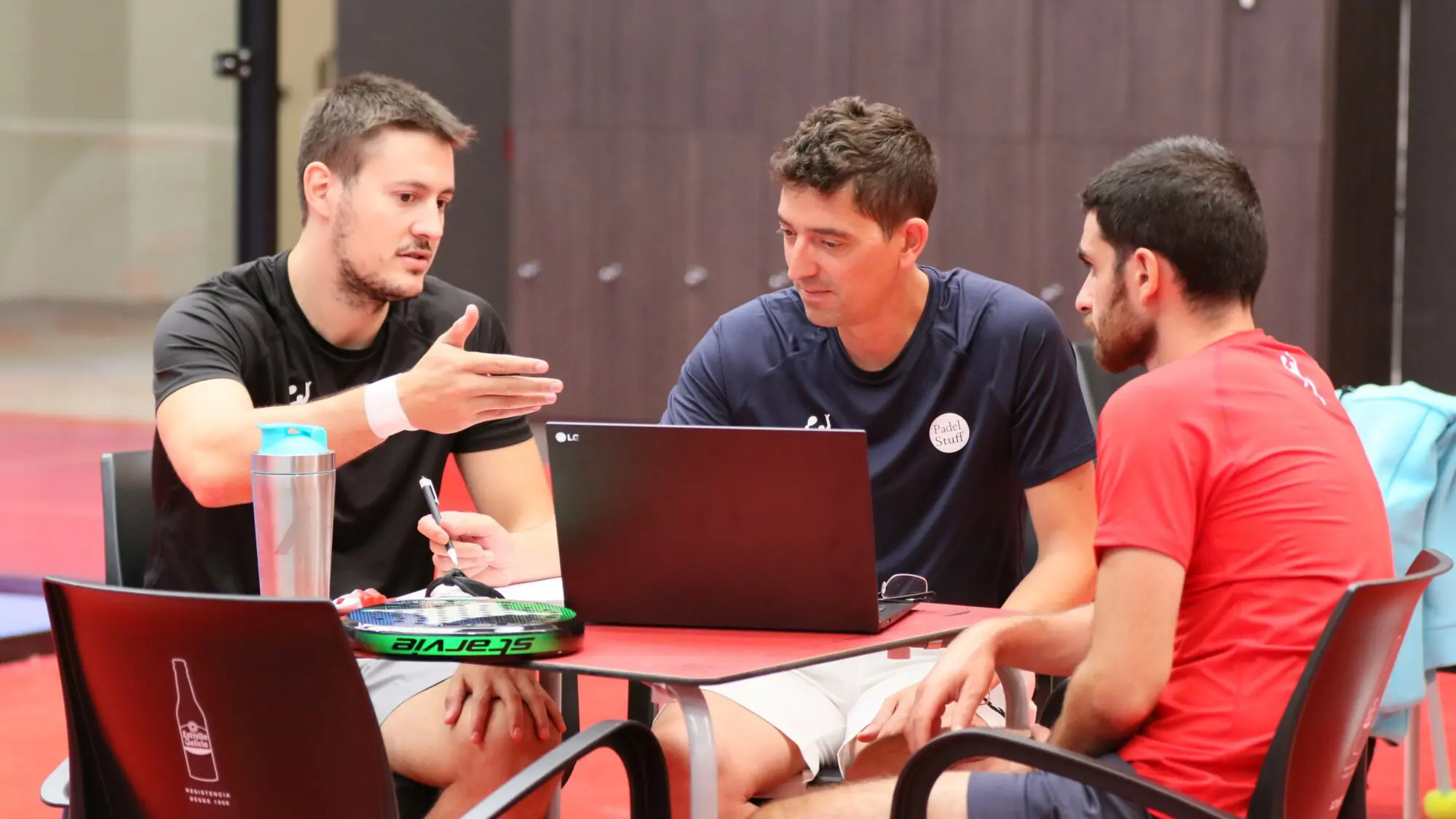 At the heart of padel – Episode 25: Paul and Andoni answer your questions
At the heart of padel – Episode 25: Paul and Andoni answer your questions Tactical padel – What to do when faced with players who systematically stay at the bottom?
Tactical padel – What to do when faced with players who systematically stay at the bottom?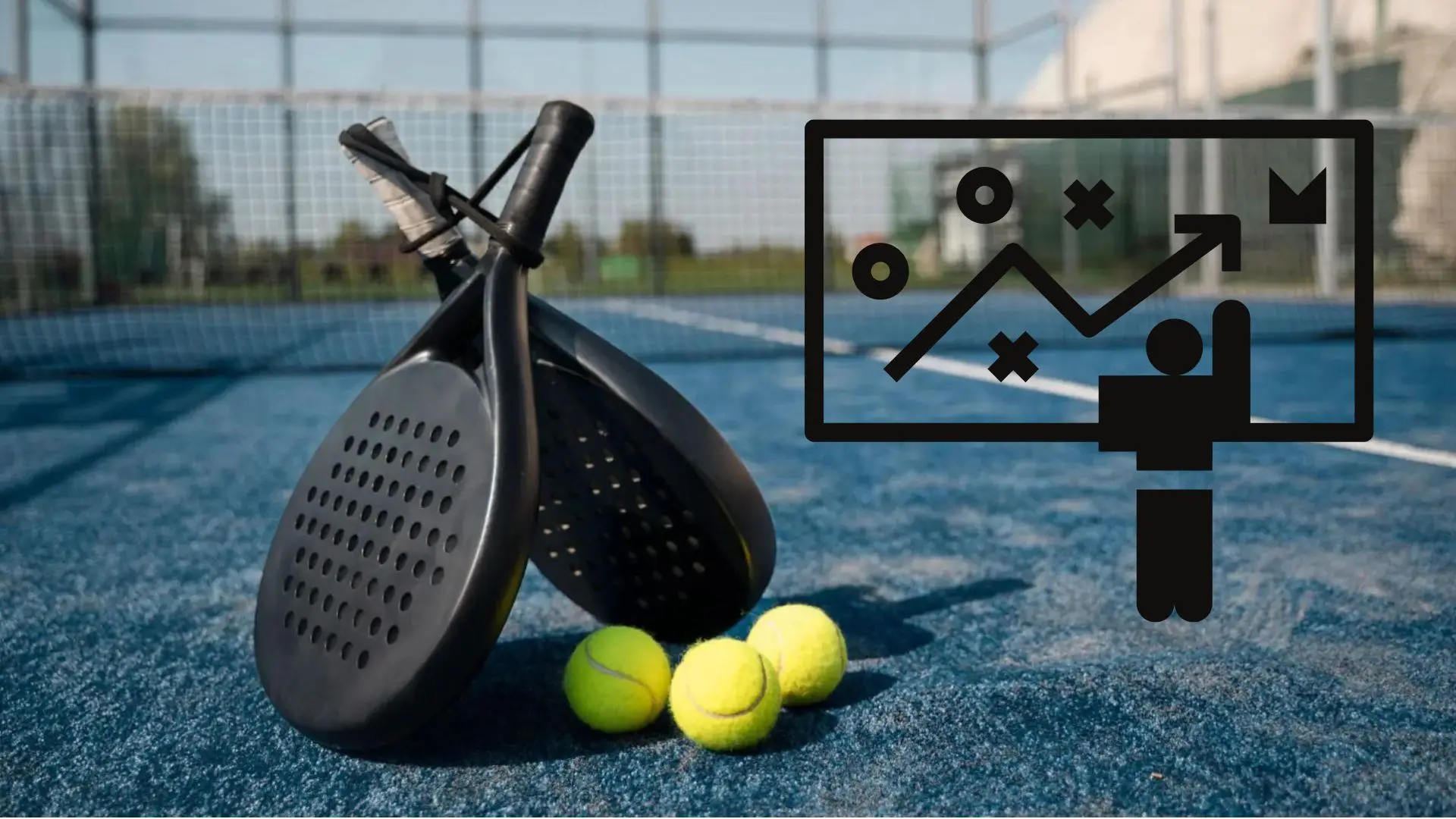 The basic tactics of padel
The basic tactics of padel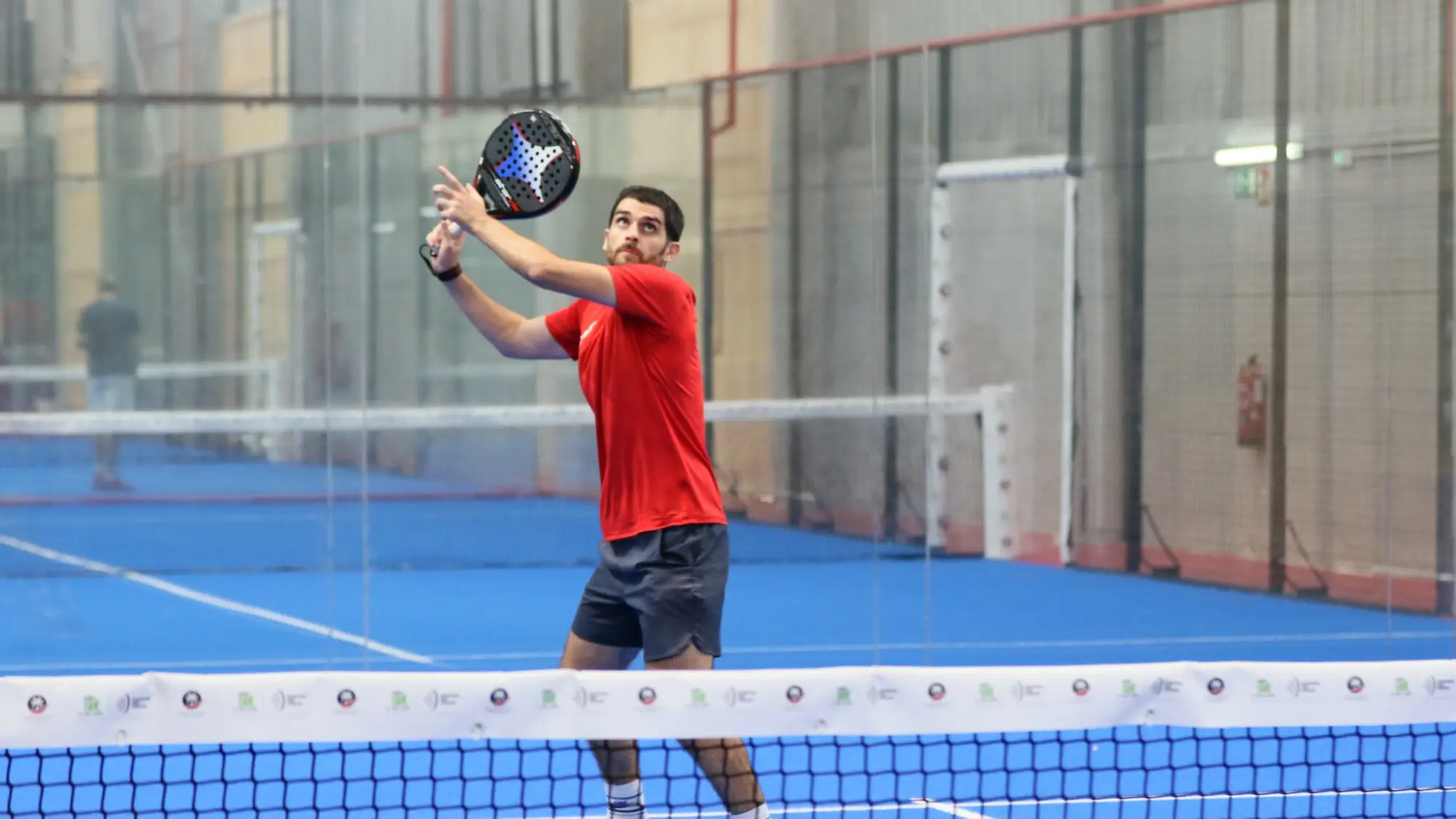 At the heart of padel – Episode 25: Paul and Andoni answer your questions
At the heart of padel – Episode 25: Paul and Andoni answer your questions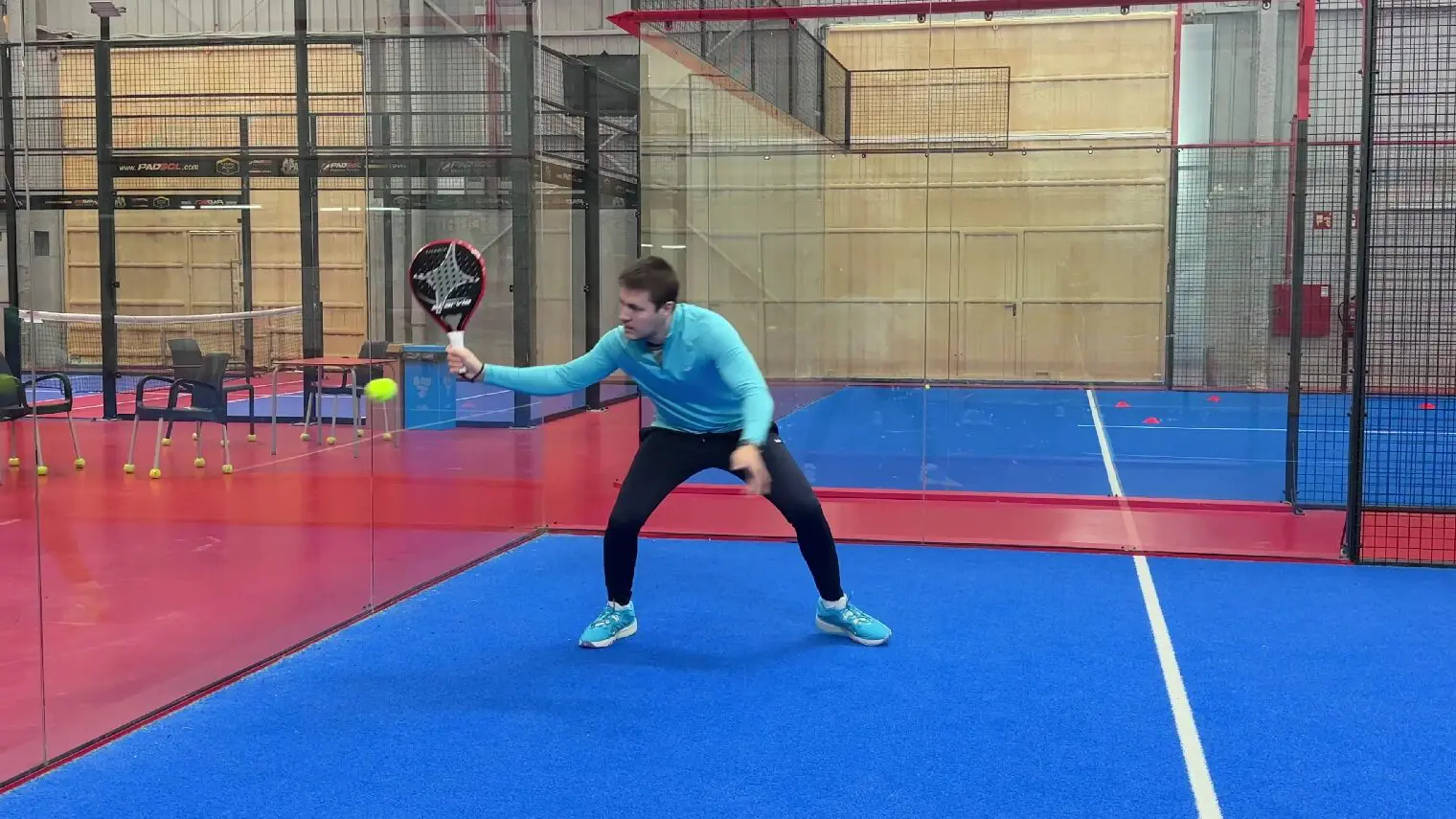 At the heart of padel – Episode 23: defend the window well
At the heart of padel – Episode 23: defend the window well Prohibition on playing topless Padel : the reasons
Prohibition on playing topless Padel : the reasons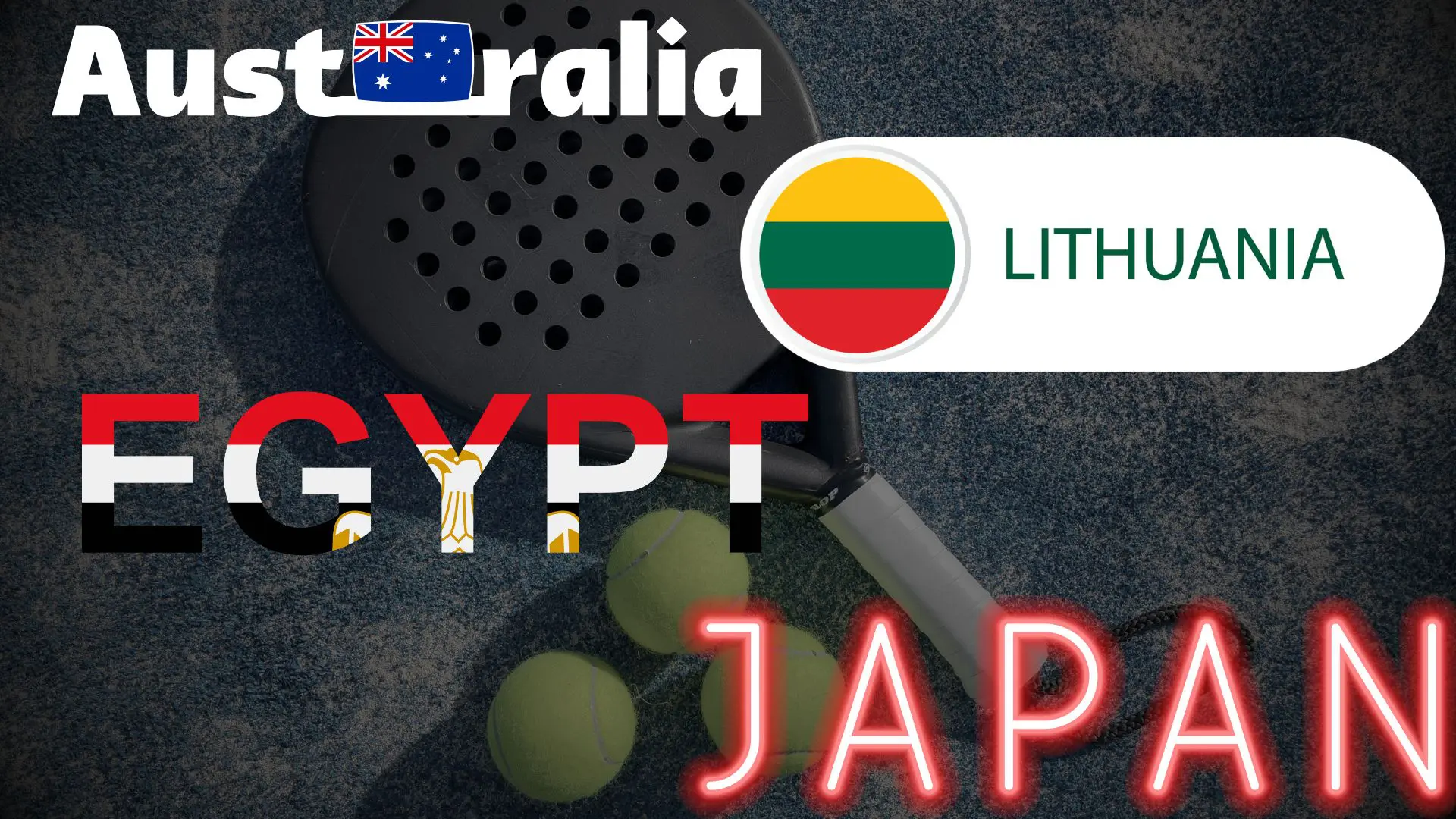 FIP Tour – Going far from Europe, THE strategy to earn points!
FIP Tour – Going far from Europe, THE strategy to earn points! What is a good football player? padel ?
What is a good football player? padel ? “Lefties give me headaches when I play against them!”
“Lefties give me headaches when I play against them!”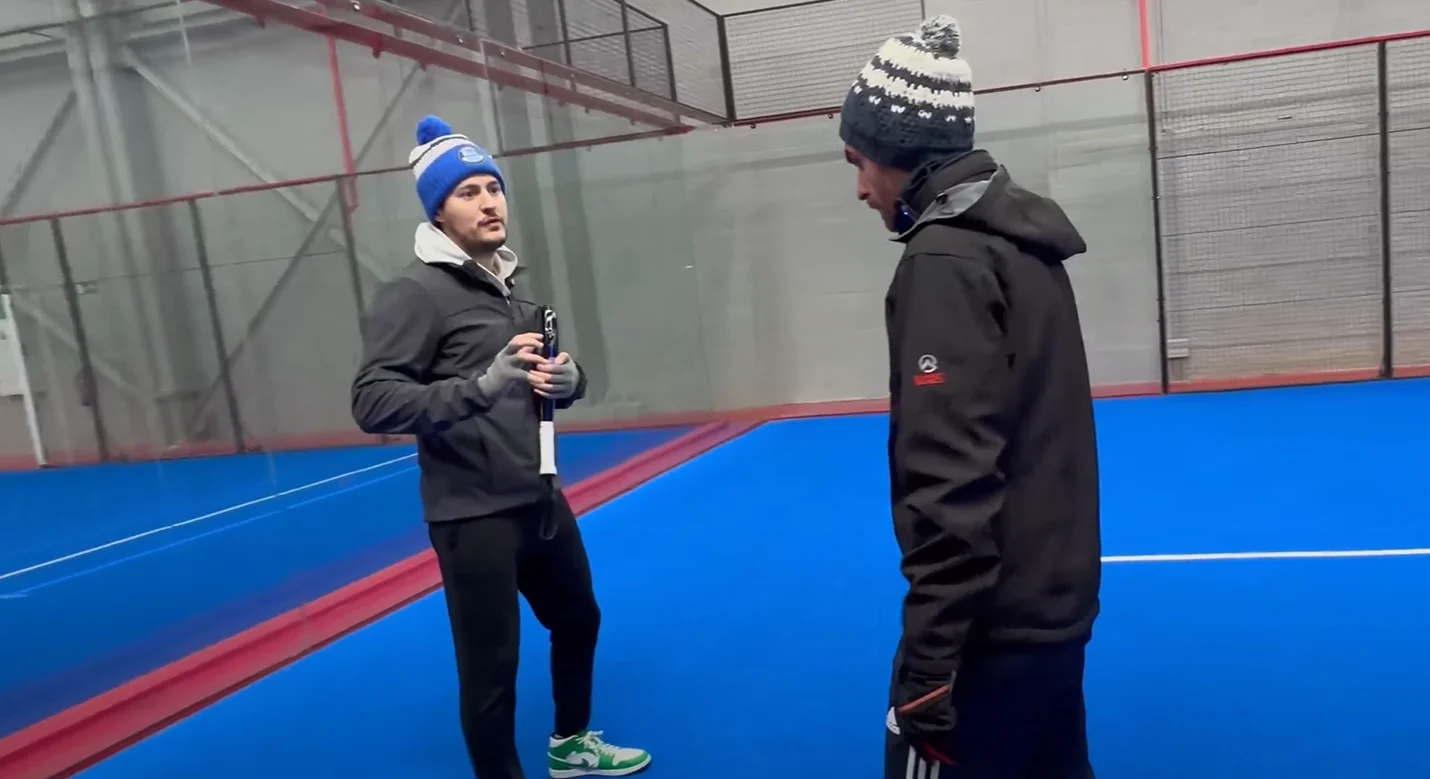 At the heart of padel – Episode 14: how to earn points in winter?
At the heart of padel – Episode 14: how to earn points in winter?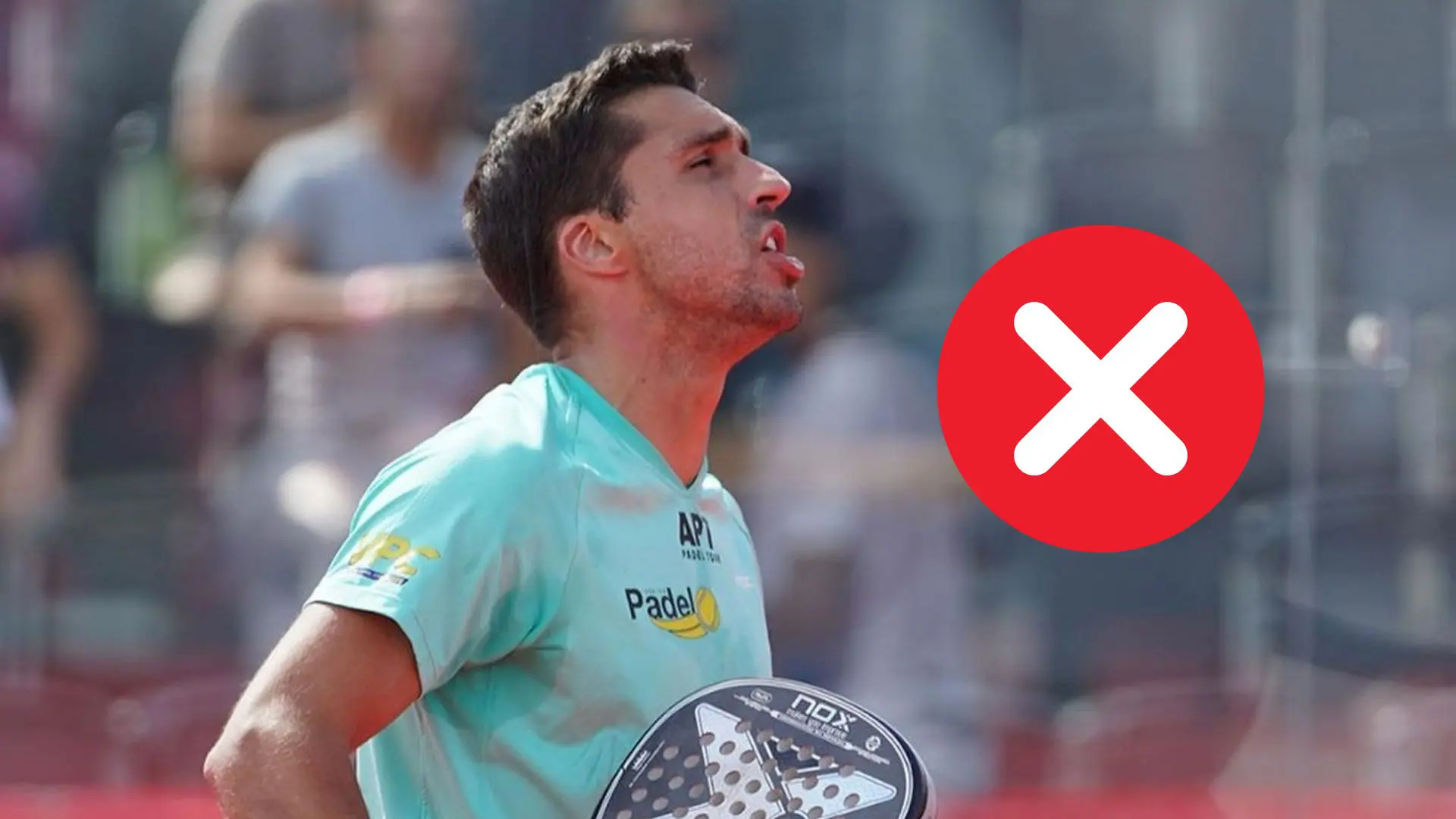 A par 4 is always a winner...even if you manage to defend it!
A par 4 is always a winner...even if you manage to defend it!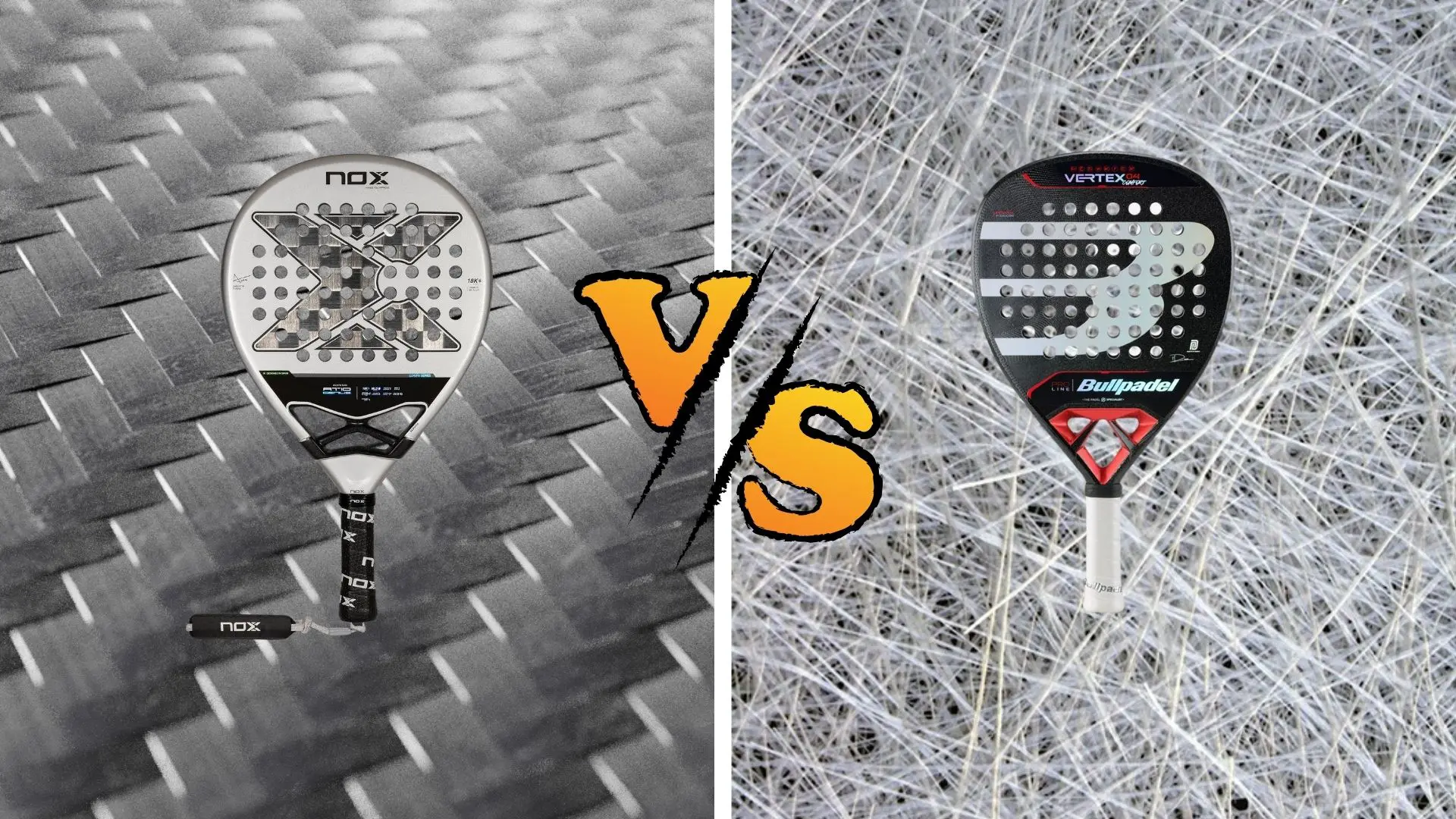 Carbon fiber VS fiberglass: what to choose?
Carbon fiber VS fiberglass: what to choose?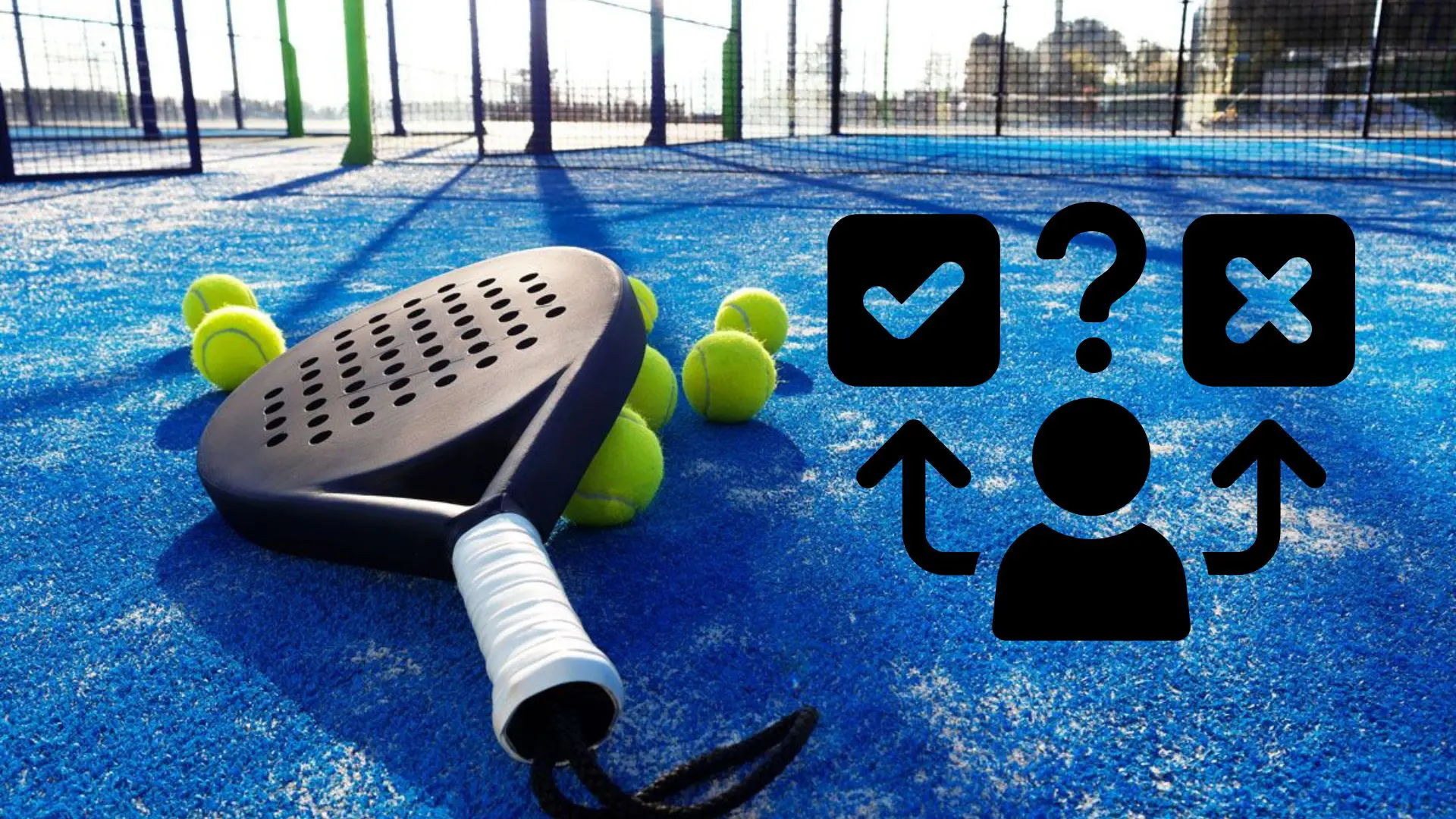 How to effectively test a racket padel ?
How to effectively test a racket padel ?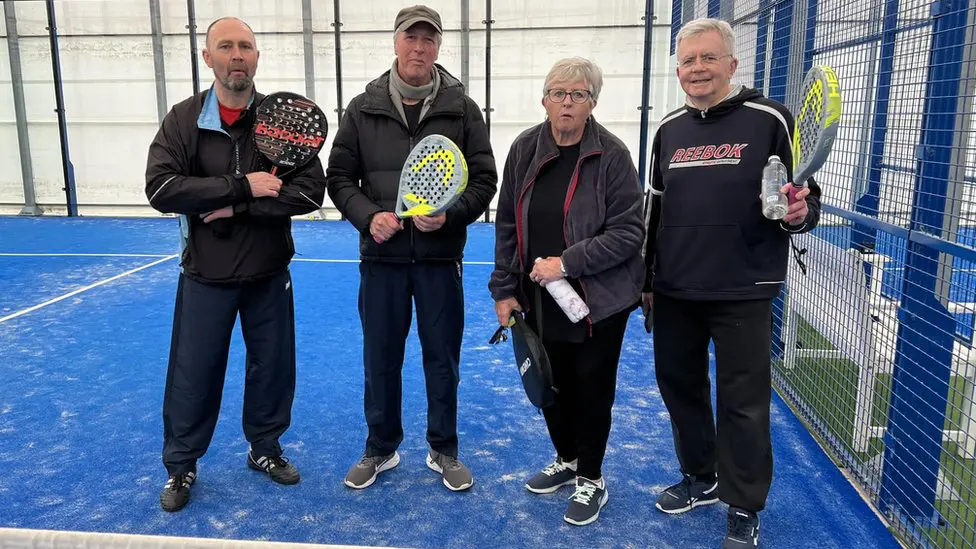 La padel to fight Parkinson's disease
La padel to fight Parkinson's disease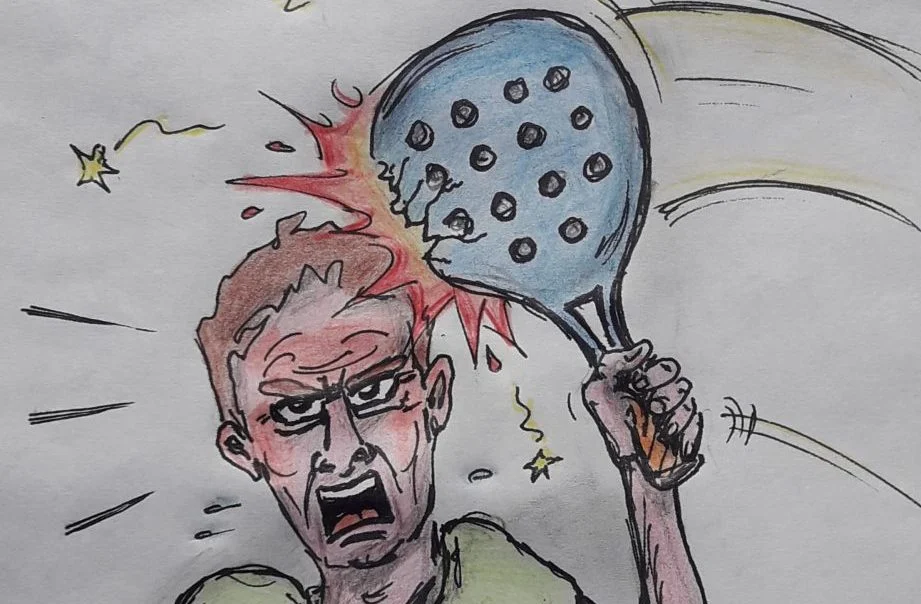 Don't play with a cracked or broken racket, your body will thank you!
Don't play with a cracked or broken racket, your body will thank you! Michel Cymes: “The padel, physically, it’s serious!”
Michel Cymes: “The padel, physically, it’s serious!”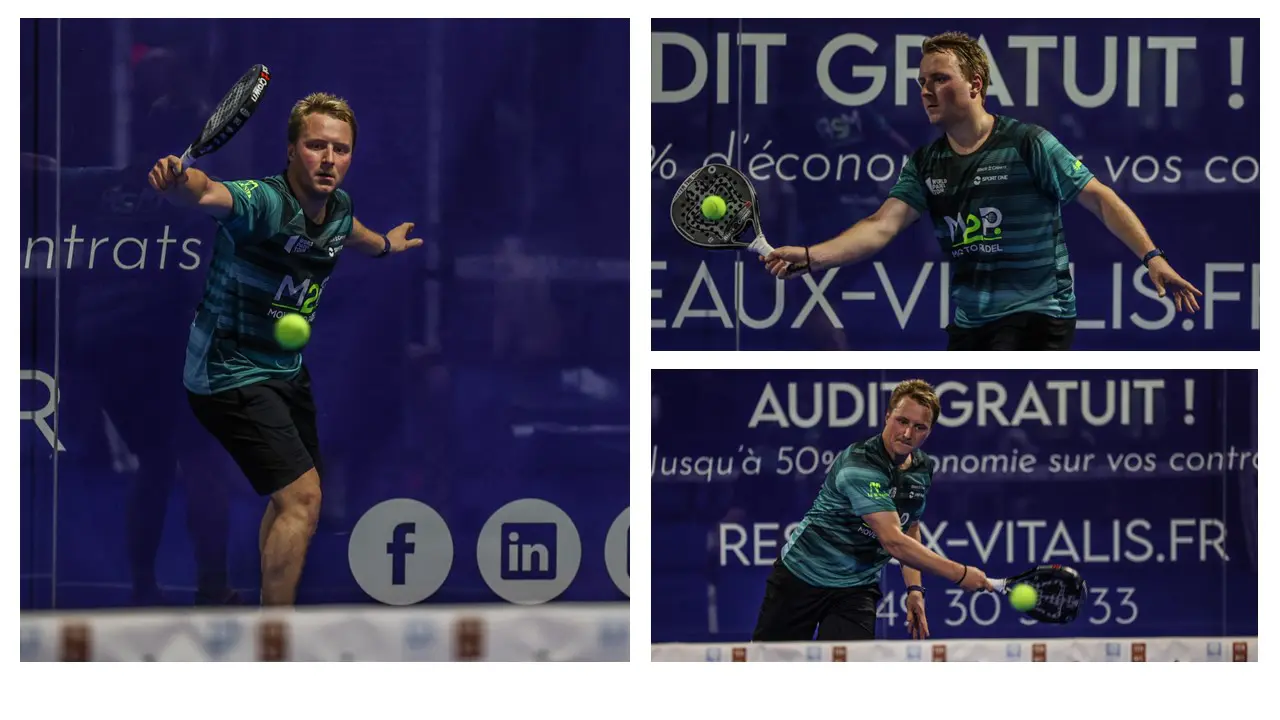 Jeremy Gala: “Promote the padel among young people in Belgium remains a challenge”
Jeremy Gala: “Promote the padel among young people in Belgium remains a challenge”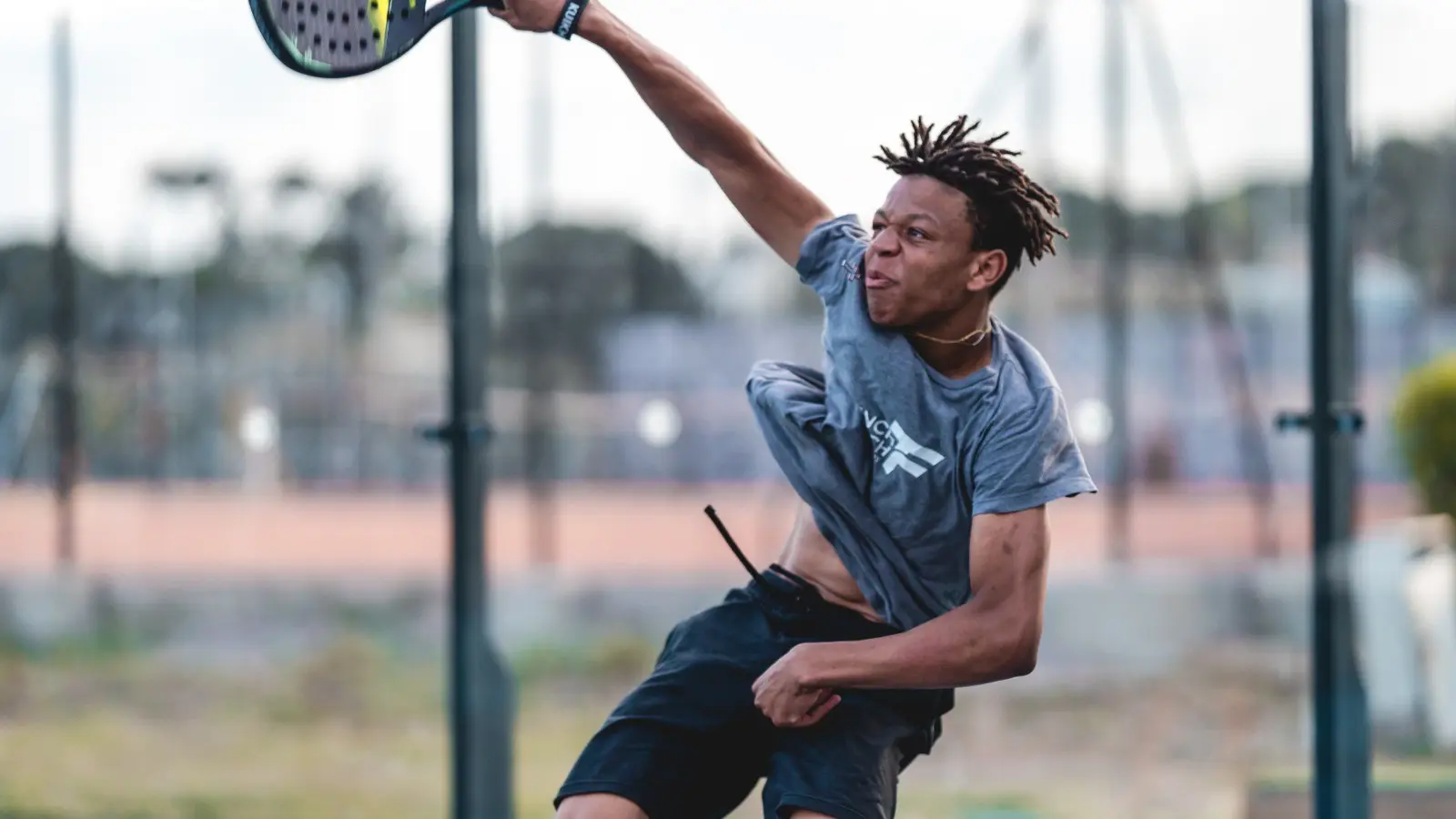 The French Touch Academy organizes its selection day Padel-Study
The French Touch Academy organizes its selection day Padel-Study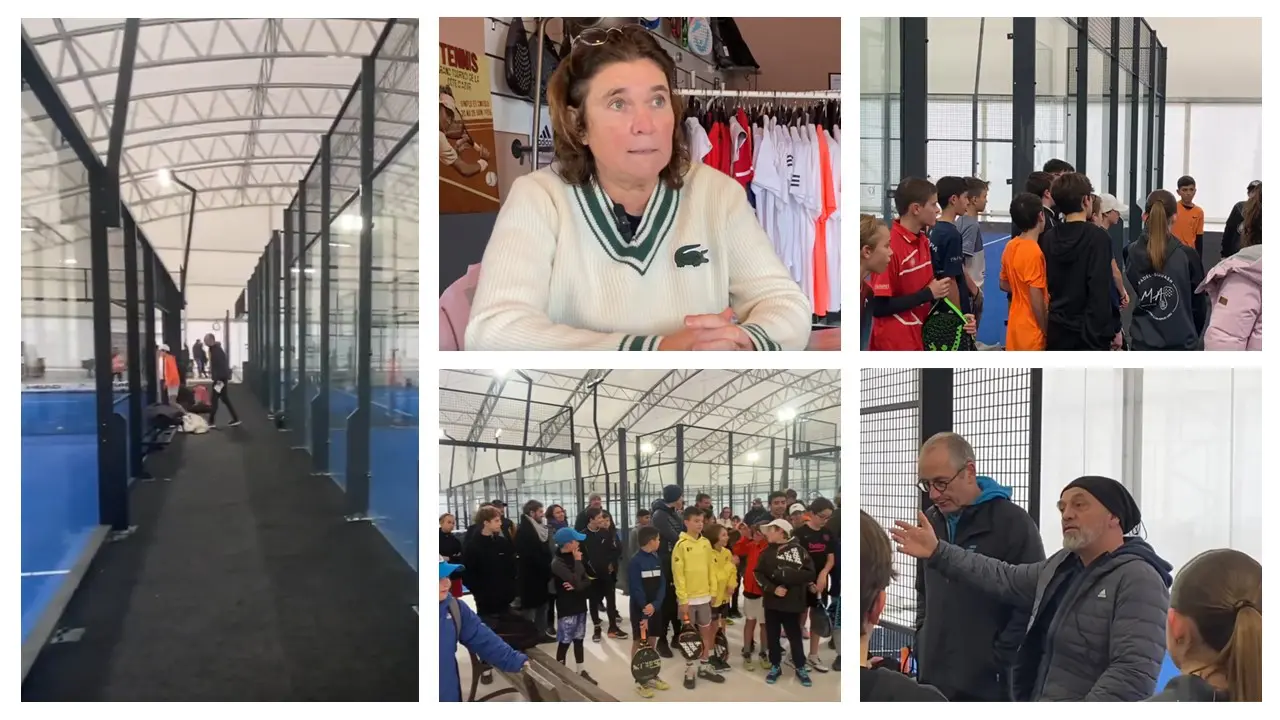 Report on the detection and training of younger generations
Report on the detection and training of younger generations